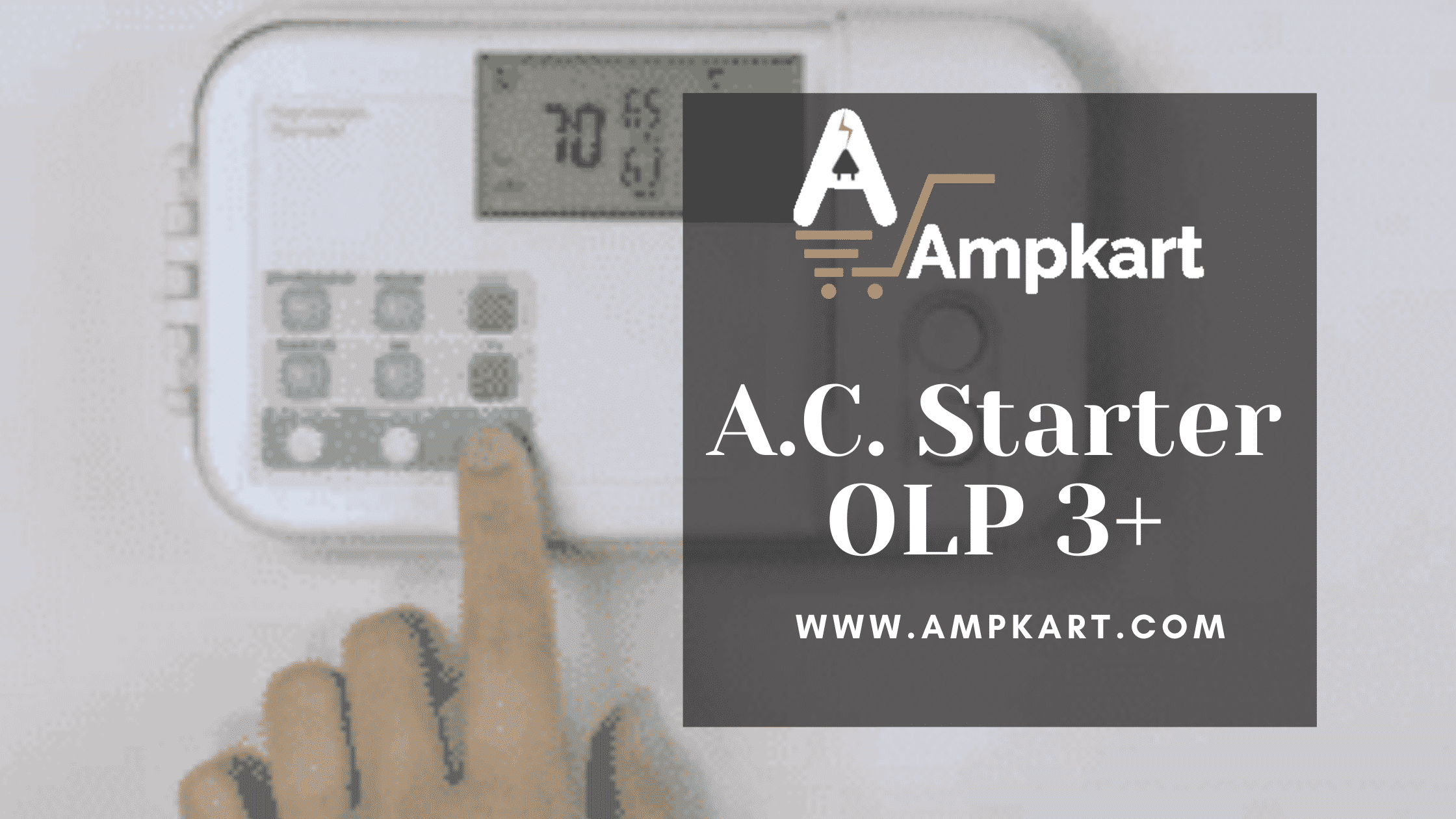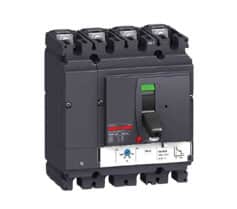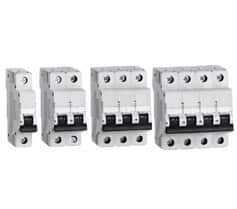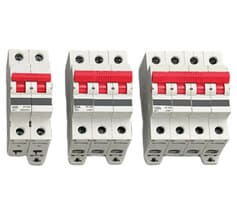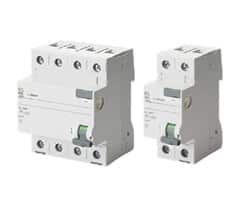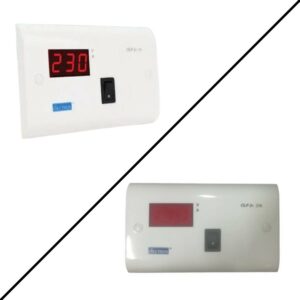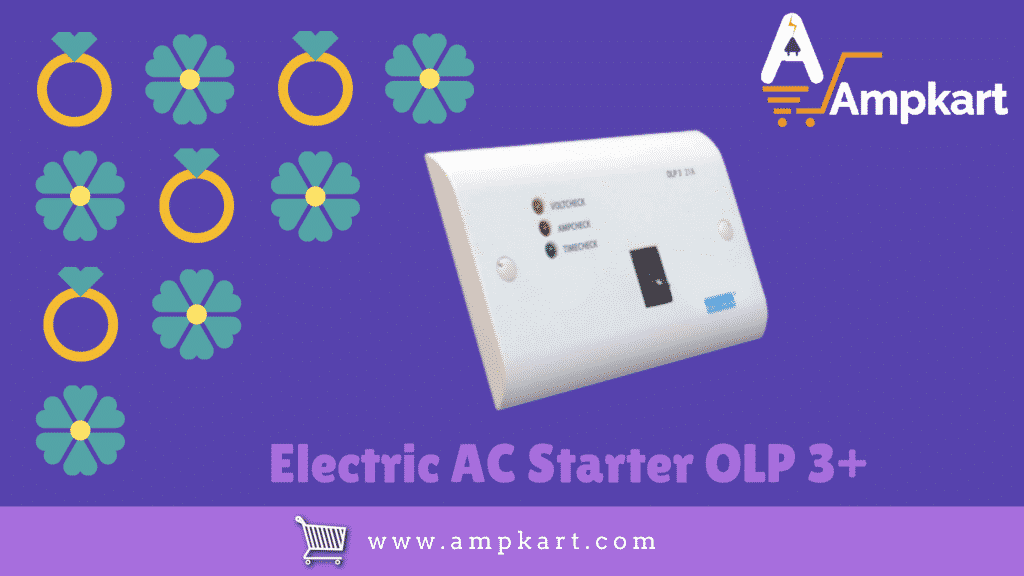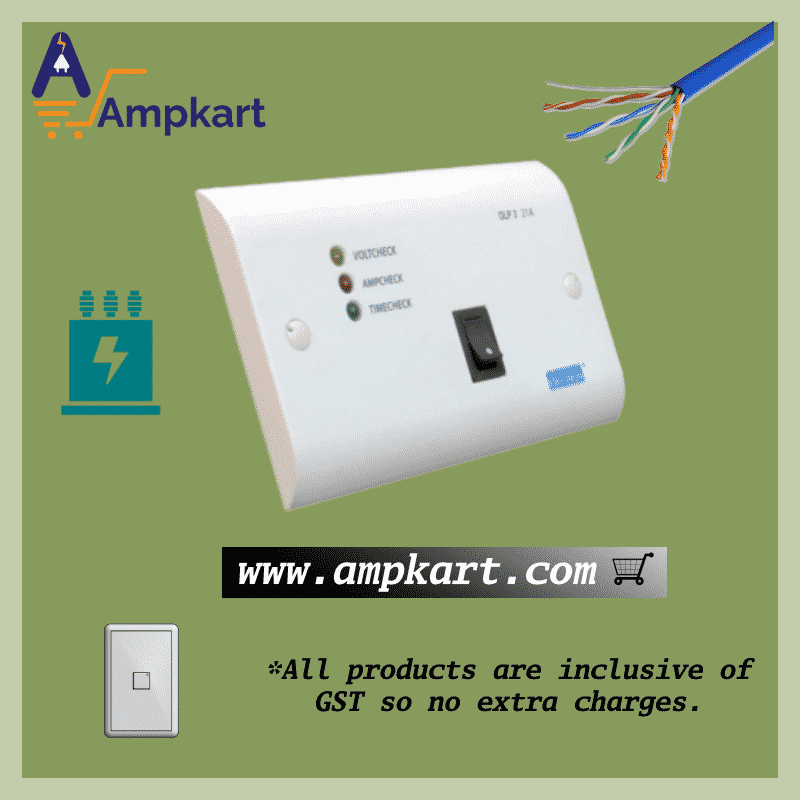AC comes in all shapes and has different levels of power. How do you know which starter to choose? Keep reading to learn more about choosing the ideal A.C starter for your needs.
Switching Speed
Although there are various switches available, most of them do the same thing-turn on or off the power to the circuit by making or disconnecting electrical connections. The speed at which the circuit breaks depends on whether you are using AC or DC power.
For DC, you have a constant current in one direction, while for AC, the magnitude and direction of the current will change.
Suppose you have two circuits, each of which has the same current: one is an AC circuit and the other is a DC circuit. When you turn off the power to the AC circuit, a voltage spark is generated in the switch that shuts off quickly, which is an ideal state. This is because the AC sine wave is naturally zero amperes twice per cycle. Therefore, when the power is turned off, there is a 50% probability that the circuit power will not be at the maximum level. However, this is not the case in DC circuits, where the current and voltage are constant. When the DC circuit is de-energized, the arc voltage in the circuit breaker may take longer to extinguish. This is why the Electronic A.C. Starter Switch speed of the switch (the speed at which the switch contacts open and close) in a DC circuit is so important. The goal is to make the Electronic A.C. Startercontacts separate as quickly as possible when closing the circuit. This helps to minimize the arc generation and extinguishing time.
The longer the circuit breaker opens or interrupts power to the circuit, the longer the arc. This can cause the switch contacts to be squeezed, which can lead to overheating, premature failure of the switch, and even fire.
Know the Load Type of Switch of Electronic A.C. Starter
Speed of the switching operation, the nature of the electrical load is also important in determining the suitability of the switch. Will the inductive or resistive load change? This will affect the voltage and current that your switch must handle. The uses resistive loads (R) as examples, heaters or traditional incandescent bulbs, for these types of loads, when you open the circuit, its current will immediately increase to a steady-state without first exceeding this level. At the same time, most of the voltage remains stable.
In contrast, an inductive load (L), such as a transformer or a motor, first absorbs a large amount of current when it is first turned on, and then stabilizes after a few seconds to generate an inrush current. In addition, when the inductive load is turned off, a huge voltage is generated on the contacts of the arc switch. The arc voltage may be much higher than the rated value of the circuit breaker, which can cause contact pitting and shorten the life of the circuit breaker.
These peak fluctuations in current and voltage are important when selecting switches. If the electrical rating is not enough, your circuit breaker will immediately fail or greatly shorten its service life of the circuit breaker.
The DC voltage rating on the switch is usually much lower than its AC voltage rating. For example, a switch rated at 15 A at 250 Vac is rated at 15 A at 12 Vdc. The only difference is whether it is AC or DC.
Choose a Certified Switch
There is no doubt that there are many switches suitable for your application, but it is best to choose a switch certified to a recognized standard. This will ensure that it works both electrical and mechanical as expected.
For certification or accreditation to be effective, the approval agency mark or mark usually appears somewhere on the switch body or as an indicator at the end of the switch part number.
Make the Right Choice Electronic A.C. Starter OLP3+
The new OLP 3+ can controlled motor starter with a three-digit digital display that can show the size of all important parameters necessary for the proper operation of the air conditioner. The new OLP 3+ is a state-of-the-art microprocessor-controlled motor starter with a three-digit digital display that can show the size of all important parameters necessary for the proper operation of the air conditioner.
The most notable feature of this Electronic A.C. Starter OLP 3+ is that they show the relationship between the time-tested combination and voltage, current, and time.
-
 Electron AC Starter Switches 1 Phase Digital OLP3+₹1,102 – ₹2,500
Electron AC Starter Switches 1 Phase Digital OLP3+₹1,102 – ₹2,500
Voltage Check: Once the electronic starter A.C. exceeds the safety limit (between 160-270V), OLP 3+ will limit the line voltage and trip.
Check Amplifier: One of the main causes of cooling system failure is untested current input. The AC starter will continuously check the current supply, and if the current exceeds the set safety limit, the output will be stopped, thereby protecting the compressor from excessively long starting time or rotor stall. The higher the load, the faster the transmission response. Then the size of the unsafe current is displayed on the screen.
 (+91) 7439 448 917
(+91) 7439 448 917 Cash on Delivery Available
Cash on Delivery Available



 Circuit Breakers
Circuit Breakers Power Distribution
Power Distribution Modular Switchboard
Modular Switchboard Wires & Cables
Wires & Cables















